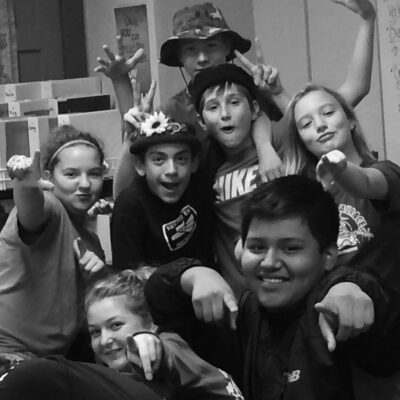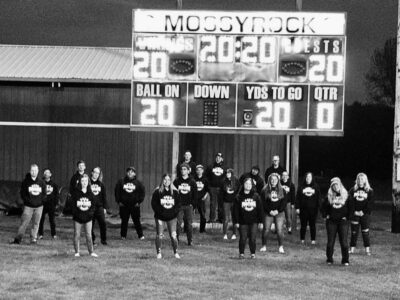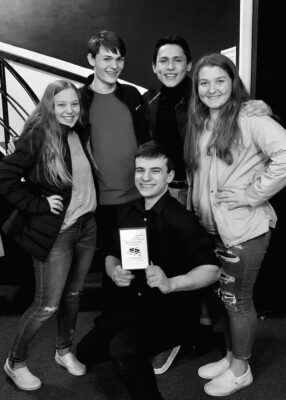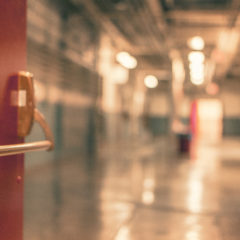Equity is a buzzword in education. We hear it used by staff, administrators, and presenters. Under regular circumstances the practical application of equity seems to fall short of the ideal. During a pandemic, ensuring equity for students when teaching digitally becomes an almost insurmountable challenge.
This school year my district stepped up to tackle this challenge with an innovative approach: an evening school option for elementary students.
Continue reading









